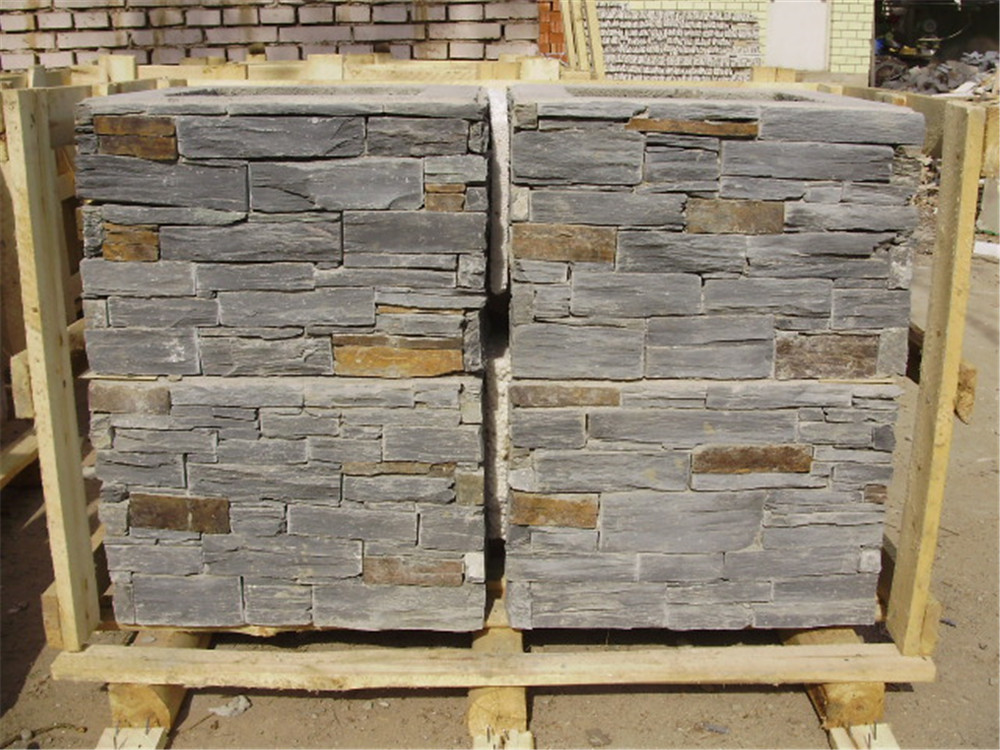Exploring Cultured Limestone Alternatives Sustainable and Stylish Options for Your Home
Introduction
Cultured limestone has been a popular choice for homeowners and designers due to its durability, versatility, and aesthetic appeal. However, as awareness of environmental concerns grows, there is an increasing demand for sustainable alternatives to traditional building materials. In this article, we will explore various cultured limestone alternatives that offer both environmental benefits and stylish design options for your home.
1. What is Cultured Limestone?
Cultured limestone, also known as cast stone or reconstructed stone, is a man-made material composed of a mixture of limestone, aggregates, and other additives. It is designed to replicate the look and feel of natural limestone while offering greater consistency in color, texture, and shape. Cultured limestone is commonly used in architectural elements such as columns, balustrades, moldings, and fireplace surrounds.
2. Environmental Impact of Cultured Limestone
While cultured limestone is a durable and long-lasting material, its production process can have a significant environmental impact. The mining of limestone, the primary raw material used in cultured limestone production, can lead to habitat destruction, soil erosion, and water pollution. Additionally, the manufacturing process often involves the use of energy-intensive machinery and the emission of greenhouse gases.
3. Sustainable Alternatives to Cultured Limestone
In response to these environmental concerns, manufacturers and designers have been exploring sustainable alternatives to cultured limestone that offer comparable performance and aesthetic qualities. Some of the most promising alternatives include:
3.1. Recycled Glass
Recycled glass is an eco-friendly material that can be used as a substitute for traditional aggregates in building materials. By repurposing post-consumer glass bottles and jars, recycled glass helps reduce the amount of waste sent to landfills and minimizes the need for raw materials extraction. In architectural applications, recycled glass can be used to create stunning countertops, tiles, and decorative accents that mimic the look of natural stone.
3.2. Engineered Quartz
Engineered quartz is a composite material made from crushed quartz crystals and resin binders. It offers the beauty of natural stone with the added benefits of durability, stain resistance, and low maintenance. Engineered quartz is available in a wide range of colors and patterns, making it a versatile choice for countertops, backsplashes, and vanities.
3.3. Terrazzo
Terrazzo is a timeless flooring material made from a mixture of marble, granite, glass, or other aggregates embedded in a cementitious or epoxy resin binder. In recent years, terrazzo has experienced a resurgence in popularity due to its durability, versatility, and sustainability. By using recycled materials in the aggregate mix, such as crushed glass or porcelain, terrazzo can be a stylish and eco-friendly alternative to cultured limestone.
3.4. Fiber-Reinforced Concrete
Fiber-reinforced concrete is a composite material that combines cement, aggregates, and synthetic fibers to enhance its strength and durability. https://www.fs-slate.com/mosaic/ can be molded into a variety of shapes and textures, making it suitable for architectural elements such as panels, cladding, and decorative features. Fiber-reinforced concrete offers the aesthetic appeal of natural stone with the added benefits of reduced weight and improved crack resistance.
4. Design Considerations for Cultured Limestone Alternatives
When selecting a cultured limestone alternative for your home, there are several factors to consider to ensure both sustainability and style. Some key design considerations include:
4.1. Color and Texture
Choose a material that complements the overall design aesthetic of your space. Recycled glass, engineered quartz, terrazzo, and fiber-reinforced concrete offer a wide range of colors and textures to suit different design preferences, from sleek and modern to classic and timeless.
4.2. Durability and Maintenance
Consider the durability and maintenance requirements of the material, especially in high-traffic areas or exposed outdoor environments. Engineered quartz and fiber-reinforced concrete are known for their resilience and ease of maintenance, making them ideal choices for countertops, flooring, and outdoor features.
4.3. Eco-Friendly Credentials
Look for certifications or labels that indicate the sustainability of the material, such as recycled content, low VOC emissions, or energy-efficient production processes. Choosing a cultured limestone alternative with strong eco-friendly credentials can help reduce your carbon footprint and contribute to a healthier environment.

5. Conclusion
In conclusion, there are many sustainable alternatives to cultured limestone that offer both environmental benefits and stylish design options for your home. By exploring materials such as recycled glass, engineered quartz, terrazzo, and fiber-reinforced concrete, homeowners and designers can create beautiful and eco-friendly spaces that reflect their values and aesthetic preferences. Whether you are renovating your kitchen, updating your bathroom, or designing a new outdoor patio, consider incorporating one of these cultured limestone alternatives to enhance the beauty and sustainability of your living environment.